While growing up in Arkansas, I remember that my favorite subject was recess, which had the benefit of unstructured playtime. This usually took the form of capture the flag, hide-and-seek and Simon Says with family and friends.
While these activities appeared only fun, they were also beneficial, contributing to my ability to think creatively, solve problems, recall facts quickly, work well with others and stay focused on goals of the group. Clinicians refer to this as executive functioning, and reference the social-emotional, cognitive and self-regulation skills that accompany play. I call it “having fun,” and often write prescriptions to help my pediatric patients reap its benefits.
The American Academy of Pediatrics agrees and recently released guidelines, entitled The Power of Play: A Pediatric Role in Enhancing Development in Young Children, to encourage children of all ages to participate in 30 minutes of unstructured playtime, whether it’s at school or at home. The recommendations, published in the Pediatrics journal in advance of the 2018-19 school year, are in sync with changes in several Northern Virginia public school systems – including Loudoun, Fairfax and Prince William counties – to extend recess this year.
If your child doesn’t have recess and your family is short on time, the good news is that a 30-minute prescription for play doesn’t have to be consecutive. While 30 minutes is recommended, any amount of playtime counts.
Here are five ways to integrate playtime into your schedule at home:
Before school
1. At the bus stop or walking to school: If you walk your children to school or to the bus stop, use this time – whether it’s five minutes waiting for the bus to arrive or 10 minutes en route to school – to get creative. Come up with a tradition that’s fun for you and your child and engages their creativity. For example, try counting the different colors of changing leaves, which engages children in the learning process, instead of relying on rote memory skills. Or, implement an I Spy game of spotting animals, such as neighborhood deer, foxes, birds and cats, which makes this learning interactive. If you live in an urban area, identify clouds that take the shape of recognizable objects, from cars and flowers to pumpkins, monsters and planets.
2. On the school bus: If your child is in middle school or high school, they may use daily travel time to study or complete homework. This is a smart use of time, especially in advance of a big test or exam. However, if you notice they are overscheduled or entering a busy period of the school year, you can talk to them about the benefits of using that 20- to 30-minute bus ride on the way to school or on the way back from a sports game to connect with friends and have fun. We’re still studying the pathogenesis of our molecular wiring, but we find lower levels of cortisol, a stress hormone, following periods of play. This makes a packed schedule more manageable and is a valuable tool students can use throughout stressful periods. Another benefit of play is that it enhances curiosity, which then promotes memory and learning. This may make it easier to recall tricky calculus equations and historical dates in advance of a big history exam.
After school
3. After-school errands: Do you often stop at the grocery store on the way home from picking your child up from school or sports practice? If your child is younger, engage the same creative processes with analyzing objects in their physical environment in the grocery store. Count apples from the local display if you’re waiting in line or ask your child to identify the colors of the rainbow if you’re in the produce aisle. Find something they like – whether it’s the wheels on the cart, their favorite color or their favorite food– and encourage them to get creative and play. When you see your child play, you can encourage this behavior by smiling, playing with them or giving supportive nonverbal cues. This takes less than a minute but sends a message that you support the behavior.
4. Making dinner: The magic of play is that it can take place anywhere and in almost any environment. If your child is younger, pick up wooden spoons or spatulas as you’re making dinner and create conversations or narratives between the kitchen utensils. This will help pass time as you’re waiting for dinner – and introduce children to unusual conventions at an early age. Later in life, this unique paring and the ability to think outside of conventional standards has led to innovations in creating new medical devices, artificial intelligence systems and processes to help solve contemporary problems. It’s never too early to cultivate these skills in children.
Halloween
5. Halloween decor and costumes: Children of all ages often enjoy participating in Halloween festivities. Younger children may enjoy creating unique costumes and painting pumpkins, while older children might have fun decorating the house or condo with custom-made cobwebs. As a family, host a contest to see who can create the spookiest-looking or most ghoulish ghosts, jack-o-lanterns or witches brew from crafts or your favorite foods (which you can serve for lunch or dinner).
Parents, you’re in a good spot. You get to have fun and engage your child in the creative process, allowing you to see the world from their perspective. Another benefit is that you’ll exercise the same creative pathways of your brain, and likely have a good time, too.
This blog post originally appeared in Northern Virginia Magazine online.
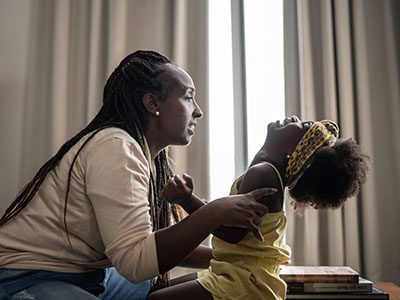 https://riseandshine.childrensnational.org/wp-content/uploads/2025/05/child-having-tantrum-feature.jpg
300
400
webteam
https://riseandshine.childrensnational.org/wp-content/uploads/2017/11/childrens_riseandshine_logo.jpg
webteam2025-05-07 15:54:412025-05-07 16:19:29Helping autistic children manage big feelings
https://riseandshine.childrensnational.org/wp-content/uploads/2025/05/child-having-tantrum-feature.jpg
300
400
webteam
https://riseandshine.childrensnational.org/wp-content/uploads/2017/11/childrens_riseandshine_logo.jpg
webteam2025-05-07 15:54:412025-05-07 16:19:29Helping autistic children manage big feelings


 Ankoor Shah, MD, MBA, MPH, was the medical director for the IMPACT DC Asthma Clinic at Children’s National.
Ankoor Shah, MD, MBA, MPH, was the medical director for the IMPACT DC Asthma Clinic at Children’s National.
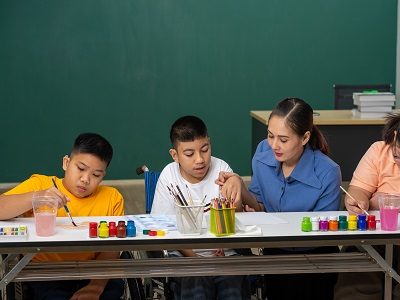

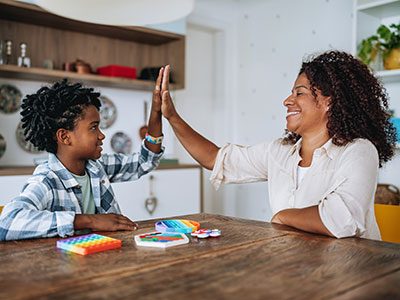
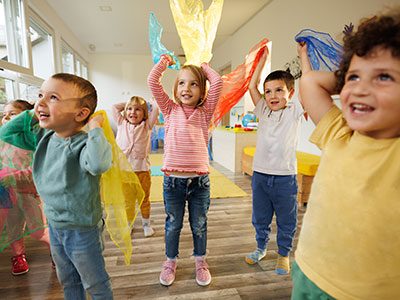
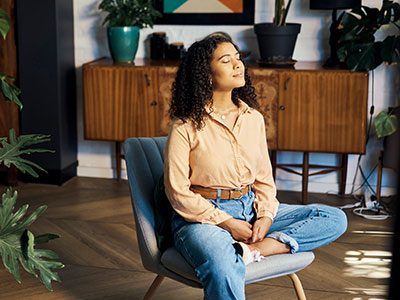

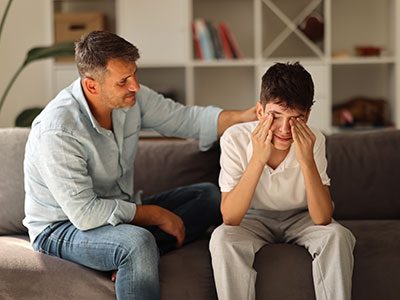




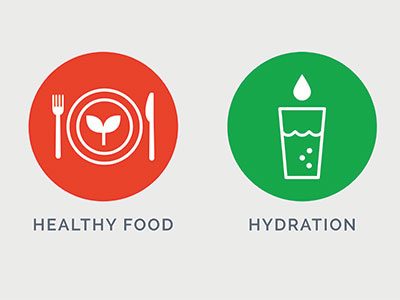




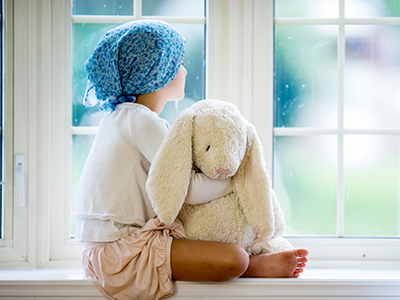

Leave a Comment
Want to join the discussion?Feel free to contribute!